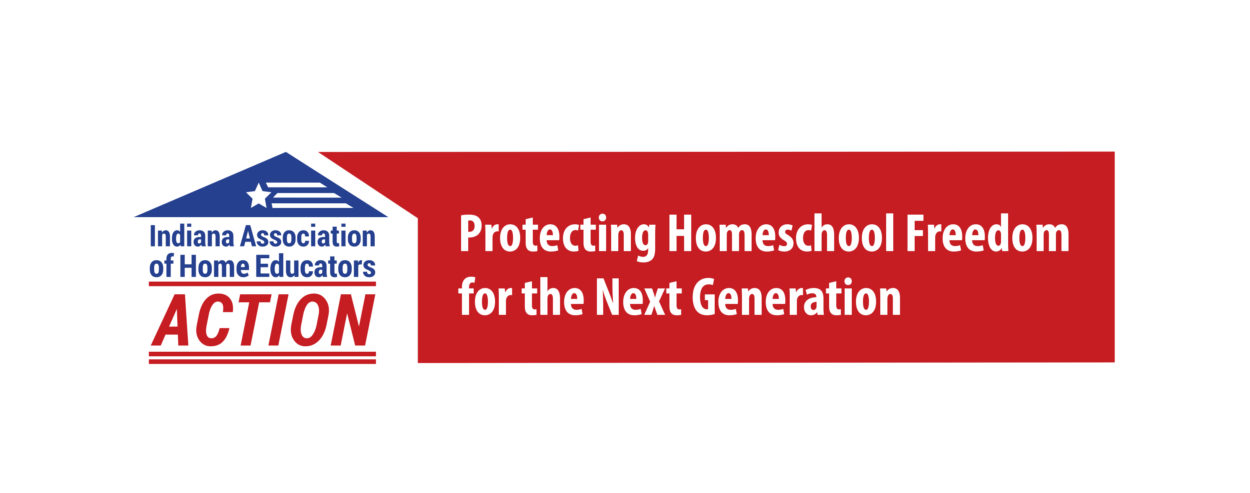By: Alison Slatter and Bridgette Whitlow-Spurlock This year, the Republican Superintendent of Public Instruction has vocally led the charge to lower the compulsory attendance in the state of Indiana. The Indiana Department of Education (IDOE) published a nice, full-color, eight-page handout laying out the arguments including a list of all 50 States’ compulsory attendance ages….
Tag: Early Childhood Education
More Federal Strings for Dubious Benefits in Early Childhood Education
IAHE Action is disappointed to learn that Governor Pence has reversed his decision and decided to apply for federal funding to expand early childhood education in Indiana. Here is Indiana Association of Home Educators (IAHE)’s statement to the Associated Press (AP) about it: “Given the recent evidence casting doubt on the lasting benefits of early…

